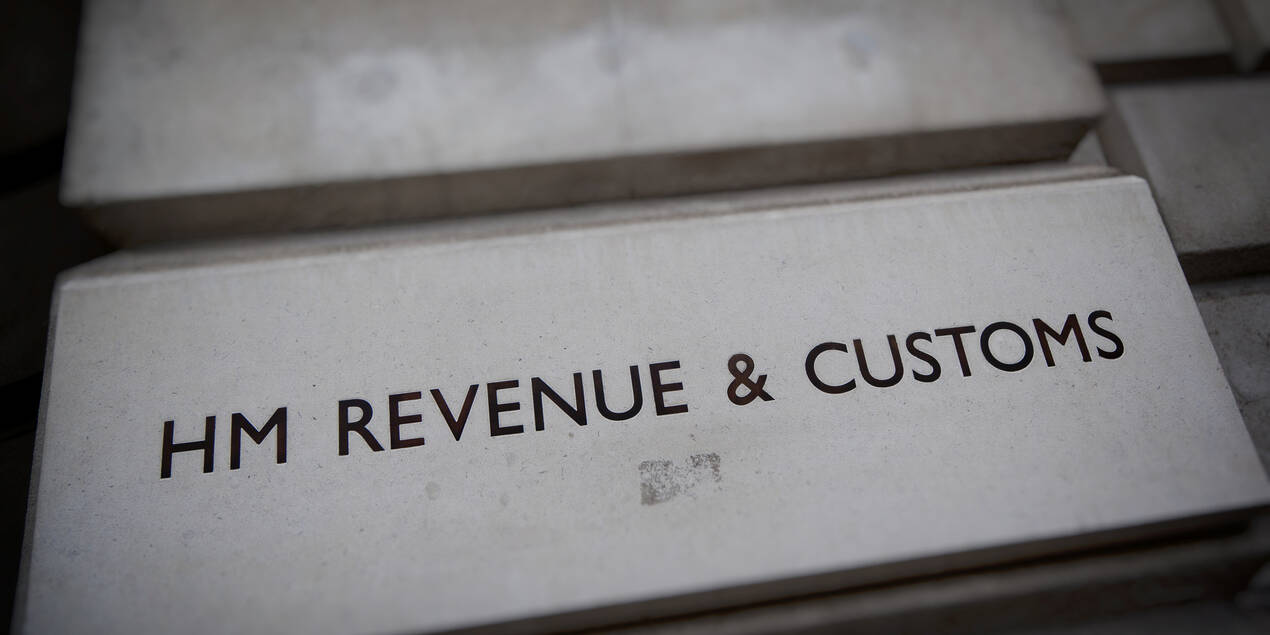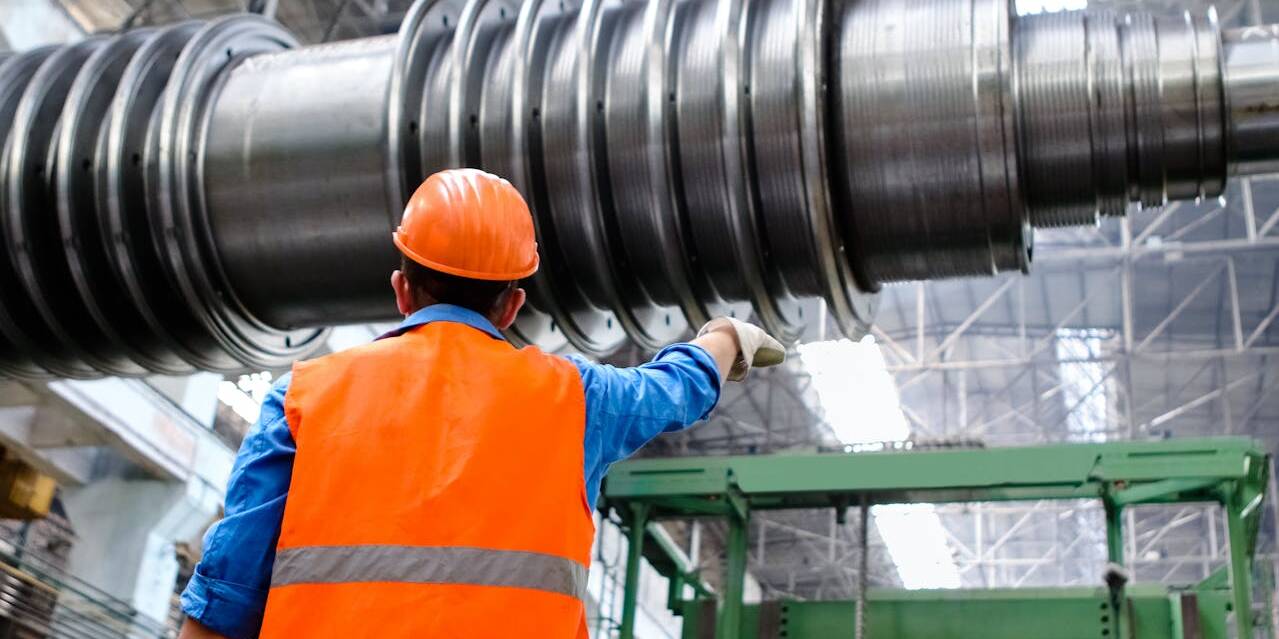
The Introduction of the HS 2022 Edition and its Impact on Global Trade
On 1 January 2022 the seventh edition of the Harmonized System (HS) nomenclature enters into force. The HS is used worldwide for the uniform classification of goods traded internationally and serves as the basis for Customs tariffs and for the compilation of international trade statistics in 211 economies.
The new HS2022 edition makes some major changes to the Harmonized System with a total of 351 sets of amendments covering a wide range of goods moving across borders. Here are some examples of these changes: specific provisions for classification of electrical and electronic waste (e-waste); new provisions for novel tobacco and nicotine based products, major reconfigurations for the subheadings of 7019 for glass fibres and articles thereof and for heading 8462 for metal forming machinery. Important matters like health and safety and the fight against terrorism have been also addressed in HS 2022. For example, provisions for placebos and clinical trial kits for medical research were introduces to enable classification without information on the ingredients in a placebo, and many new subheadings have been created for dual use goods that could be diverted for unauthorized use. The amendments also include clarification of texts to ensure uniform application of the nomenclature.
The WCO is currently working on the development of requisite correlation tables between the current 2017 and the new edition of the HS, and on updating the HS publications, such as the Explanatory Notes, the Classification Opinions, the Alphabetical Index and the HS online database.
Businesses should be aware of the HS 2022 edition as the changes may affect classification of the products they trade in. Correlation tables I and II are published on WCO site and you can check how your products will be affected by following the link below.
Read the full HS Nomenclature 2022 Edition.
Related Posts
24 June 2024
Advance Notice Of Important HMRC Duty Suspension Application and Review Deadline – 3 July 2024
Next Wednesday (11:59pm, 3 July 2024)…
10 June 2024
New Scheme Offers Declaration-Free Exporting To Northern Ireland For B2C Businesses
Businesses selling direct to customers…
18 April 2024
Thyssenkrupp Tribunal Victory Restores Sanity in the Customs World
Import businesses should take heed of…


